New York – This 70-year-old man suffered a trip and fall accident while stepping out of a city transit bus in Manhattan. The bus accident victim and a witness explained that the bus stopped in an unsafe location, causing him to fall and injure his shoulder and elbow, including fractured bones. The injury victim sought compensation for his injuries as well as his significant pain and suffering. Together with the accident attorneys at Morrison & Wagner the man sued for negligence and received a settlement of $450,000 from the bus company defendants.
Photo for illustrative purposes only. Credit: Chris Sampson [License]
— — —
Bus’s rider claimed he was discharged in a dangerous spot (VerdictSearch.com by Priya Idiculla)
Settlement: $450,000
— — —
Court: New York Supreme, New York County, NY
Injury Type(s): arthroplasty; decreased range of motion; fracture, elbow; fracture, humerus; fracture, radial head; fracture, shoulder; internal fixation; open reduction; physical therapy
Case Type: Transportation — Bus — Slips, Trips & Falls — Trip and Fall — Government
Date: December 12, 2016
Plaintiff Attorney(s):
Stuart Wagner; Morrison & Wagner; New York, NY
— — —
Facts & Allegations:
On April 1, 2013, the plaintiff, 70, was a passenger of a transit bus that was traveling on East 60th Street, near its intersection at Second Avenue, in Manhattan. Moments after the bus had cleared the intersection, it driver stopped at a designated stop. While the plaintiff was exiting the bus, he tripped on a tree well’s surrounding brick wall. He fell onto a sidewalk, and he sustained injuries of an elbow and a shoulder.
The plaintiff sued the employers of the bus’s driver, the New York City Transit Authority and the Manhattan and Bronx Surface Transit Operating Authority. The lawsuit alleged that that bus’s driver was negligent in his operation of the bus. The lawsuit further alleged that the New York City Transit Authority and Manhattan and Bronx Surface Transit Operating Authority were vicariously liable for the driver’s actions.
The plaintiff claimed that the bus’s driver stopped in a location that aligned the tree well and the bus’s rear door. He acknowledged that the bus’s front door was not obstructed, but he claimed that the bus’s passengers were advised to exit via the rear door, so entering passengers could utilize the front door. He claimed that he asked the driver to move the bus, but that the driver refused. The plaintiff claimed that he was traveling with a companion who had exited at the same stop, and, thus, he contended that he had to exit at that time and place. A witness, who claimed that he also exited at the same stop, agreed that the tree well blocked the bus’s rear door. The witness claimed that passengers would not have exited without stepping into the well or onto the surrounding wall.
Plaintiff’s counsel claimed that the brick wall’s height measured 8 to 10 inches, and he noted that the plaintiff was utilizing a cane at the time of the accident. He argued that, given the plaintiff’s disability, the bus’s driver owed him a special duty of care and should have moved the bus to a safer location.
The bus’s driver claimed that he was not asked to relocate the bus. The defense’s expert biomechanical engineer submitted a report in which he opined that, given the door’s elevation relative to the sidewalk and the presence of handrails, passengers were provided a safe means of exiting the bus. The expert also noted that the plaintiff’s companion had safely exited the bus.
Injuries/Damages
The plaintiff sustained a fracture of his right, dominant shoulder’s humeral component. He also sustained a fracture of his left radius’s head, which is a component of the left elbow.
The plaintiff was placed in an ambulance, and he was transported to a hospital. He was referred for further treatment.
After 23 days had passed, the plaintiff underwent open reduction and internal fixation of his right shoulder’s fracture. After four additional days had passed, he underwent an arthroplasty, which involved replacement of his left elbow. His surgeries were performed during a hospitalization that lasted a week. The hospitalization was immediately followed by a course of inpatient rehabilitation, which lasted 16 days. The plaintiff subsequently underwent two weeks of physical therapy.
The plaintiff claimed that he experiences residual pain during certain changes of weather. He also claimed that his left elbow and right shoulder remain weakened, that he cannot flex or elevate the elbow, that his right arm cannot be elevated above the level of his right shoulder, and that his residual effects hinder his ability to carry or lift objects.
The plaintiff sought recovery of damages for past and future pain and suffering.
Result
After the plaintiff’s fact witness had testified, and immediately prior to the scheduled start of the plaintiff’s testimony, the parties negotiated a settlement. The defendants, which were self-insured, agreed to pay a total of $450,000.
— — —
Judge: Judge Peter Moulton
Editor’s Note: This report is based on information that was provided by plaintiff’s counsel and defense counsel. Additional information was gleaned from court documents.






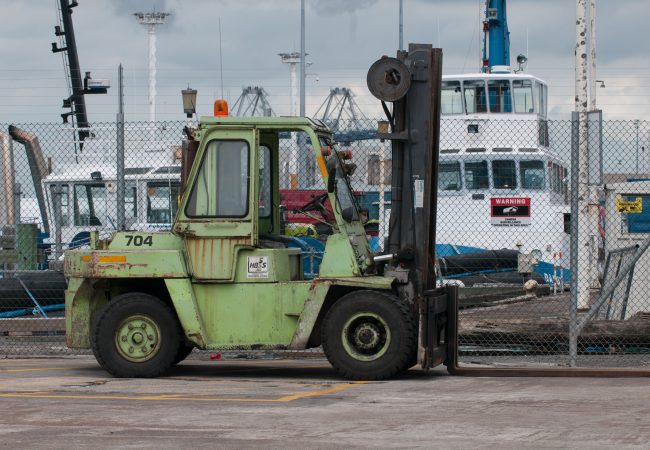
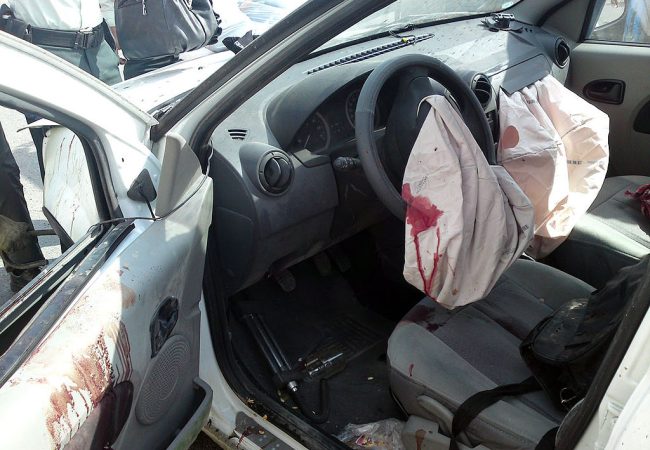
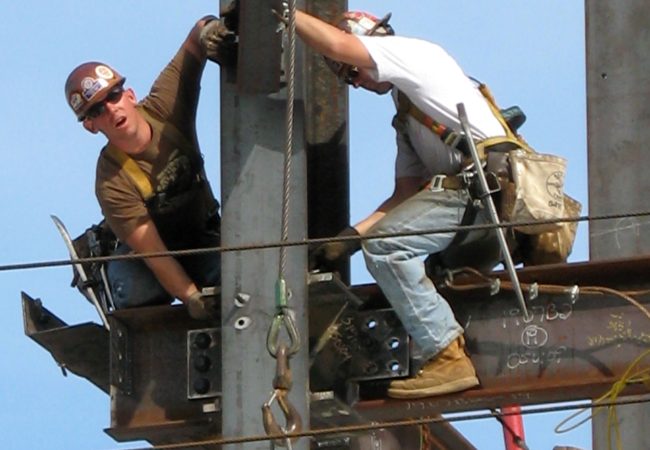
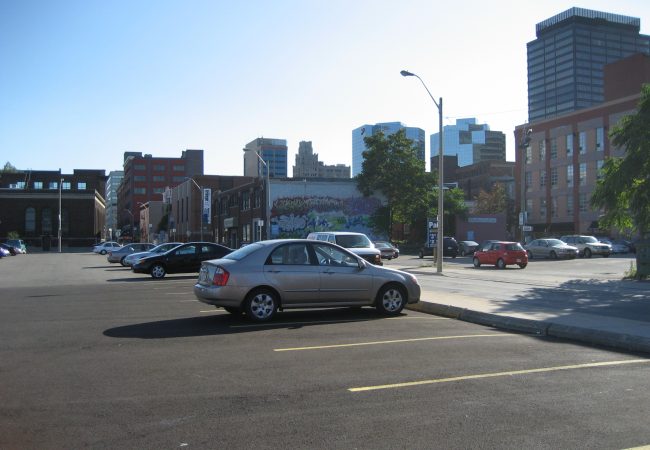
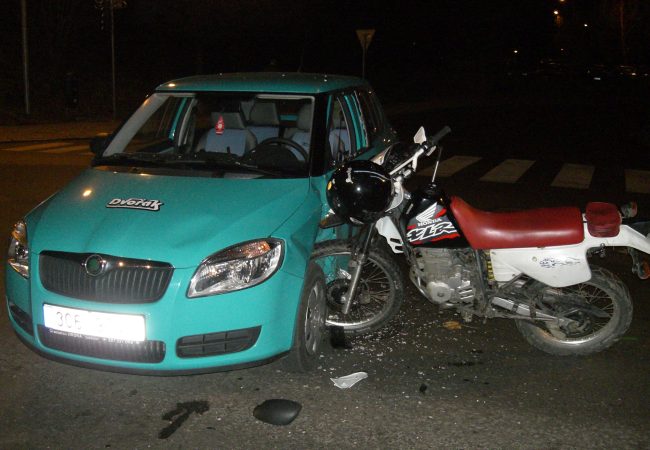
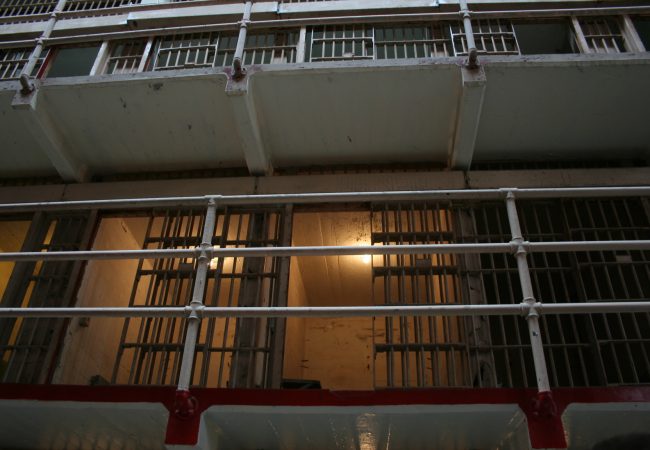
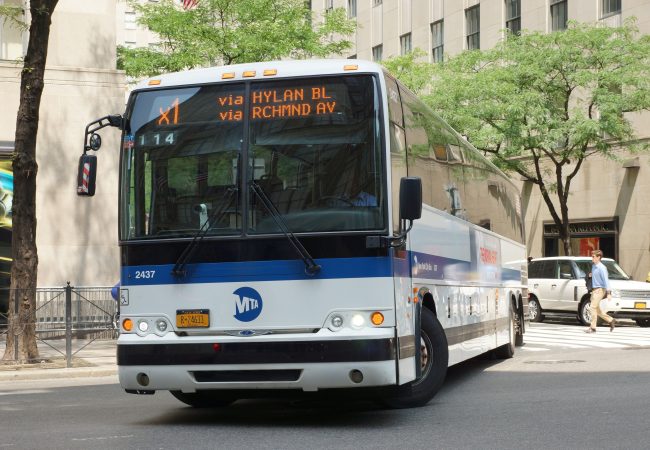
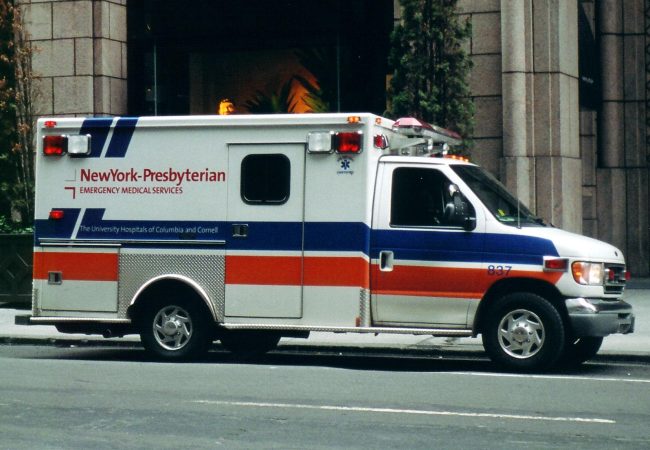

![Illustrative Photo by U.S. Navy [Public domain], via Wikimedia Commons](https://morrisonwagner.com/wp-content/uploads/MS1_on_stretcher-150x150.jpg)
![Photo for illustrative purposes only. Photo Credit: Billie Grace Ward [License]](https://morrisonwagner.com/wp-content/uploads/2022/02/fdny-ambulance-150x150.jpg)
![Photo for illustrative purposes only. Photo Credit via Mike Goad [License]](https://morrisonwagner.com/wp-content/uploads/2022/02/nyc-fire-scene-150x150.jpg)




